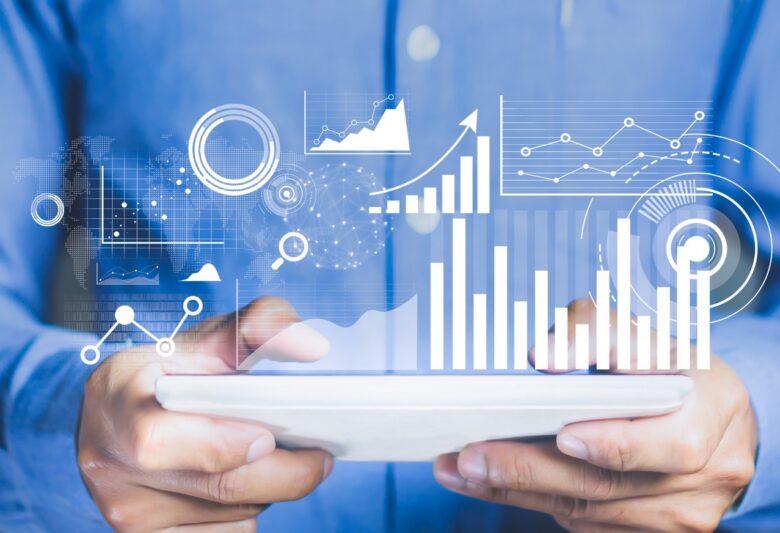In today’s fast-paced digital age, businesses strive for peak productivity while also respecting the privacy of their employees. The rise of remote work has further complicated this delicate balance. Employers seek ways to ensure tasks are completed efficiently, leading to the widespread adoption of employee monitoring software. However, concerns about privacy infringement often accompany the implementation of such tools. According to recent surveys, over 80% of companies actively monitor their employees in some form, utilizing an expansive ecosystem of employee monitoring software. This statistic highlights the prevalence of such tools in modern workplaces. While productivity tracking is essential for business growth, it’s crucial to address privacy concerns to maintain a positive work environment.
Contents
Understanding the Expansive Ecosystem of Employee Monitoring Software
Employee monitoring software encompasses a wide range of tools designed to track various aspects of employee performance. From time-tracking applications to keystroke loggers, these tools offer insights into productivity levels, internet usage, and overall work habits.

Source: timedoctor.com
Maximizing Productivity Without Sacrificing Privacy
The key to the successful implementation of employee monitoring software lies in striking a balance between productivity and privacy. By utilizing these tools responsibly, businesses can optimize workflow efficiency without infringing on the privacy rights of their employees.
One approach is to establish clear communication regarding the use of monitoring software. Providing transparency about what data is being tracked and how it will be used fosters trust and alleviates concerns among employees. Additionally, implementing privacy safeguards, such as anonymizing data and restricting access to sensitive information, helps mitigate privacy risks.
Addressing Privacy Concerns
While employee monitoring software offers valuable insights, it’s essential to address privacy concerns head-on. Studies show that nearly 60% of employees are worried about their privacy being compromised through workplace monitoring. Acknowledging these concerns and implementing strict privacy policies can help alleviate employee apprehensions. Furthermore, employers must prioritize data security when utilizing monitoring tools. Encrypting data, restricting access to authorized personnel, and regularly updating security protocols are essential steps in safeguarding sensitive information.

Source: itprotoday.com
Striking a Balance
Ultimately, the goal is to strike a balance between productivity optimization and privacy protection. By implementing responsible monitoring practices and prioritizing employee privacy, businesses can reap the benefits of tracking software while maintaining a positive work environment.
Exploring the Ethical Implications
Employee monitoring software raises important ethical questions regarding surveillance in the workplace. While tracking productivity can improve efficiency, it’s essential to consider the ethical implications of constant monitoring. Employers must navigate these ethical dilemmas carefully, ensuring that monitoring practices are fair, transparent, and respectful of employee privacy.
Boosting Accountability and Transparency
One of the key benefits of employee monitoring software is its ability to enhance accountability and transparency within organizations. By providing employees with visibility into their productivity metrics, businesses can empower them to take ownership of their work and identify areas for improvement. Additionally, transparent monitoring practices foster trust between employers and employees, creating a more collaborative work environment.

Source: kickidler.com
In addition to ethical considerations, businesses must also navigate legal compliance when implementing employee monitoring software. Depending on the jurisdiction, there may be regulations governing the collection and use of employee data. Businesses need to familiarize themselves with relevant laws and ensure that their monitoring practices comply with legal requirements to avoid potential litigation and fines.
Driving Performance and Efficiency
Employee monitoring software isn’t just about surveillance; it’s also a powerful tool for driving performance and efficiency. By analyzing productivity data, businesses can identify bottlenecks, streamline processes, and allocate resources more effectively. This data-driven approach to management enables businesses to make informed decisions that enhance overall performance and competitiveness in the market.
Emphasizing Employee Well-being
While productivity is important, it’s equally crucial to prioritize employee well-being. Constant monitoring can lead to stress and burnout if employees feel like they’re under constant scrutiny. Businesses should consider implementing policies and practices that promote work-life balance and protect employee mental health. Additionally, providing opportunities for feedback and open communication can help address any concerns or grievances related to monitoring practices.

Source: cimatri.com
Harnessing Data for Growth
Employee monitoring software generates a wealth of data that can be leveraged for strategic decision-making and business growth. By analyzing trends and patterns in productivity data, businesses can identify areas for improvement, optimize workflow processes, and make data-driven decisions that drive long-term success. From identifying top-performing employees to forecasting future resource needs, data analytics plays a crucial role in shaping the future of work.
Fostering a Culture of Trust and Collaboration
At its core, the successful implementation of employee monitoring software hinges on fostering a culture of trust and collaboration within the organization. When employees feel valued, respected, and trusted, they’re more likely to embrace monitoring practices as a tool for personal and professional growth. By promoting open communication, soliciting feedback, and prioritizing transparency, businesses can create a positive work environment where productivity and privacy coexist harmoniously.
Conclusion
As businesses continue to navigate the complexities of remote work and digital collaboration, the use of employee monitoring software will remain prevalent. However, it’s essential to recognize that tracking productivity doesn’t have to come at the expense of employee privacy. By leveraging tools within a framework of transparency and privacy safeguards, businesses can unlock new levels of productivity while respecting the rights of their employees. As technology evolves, finding innovative ways to balance productivity and privacy will be crucial for fostering a healthy and efficient work environment in the digital age.
